Classic Cars, Movies, Music, and Other Stuff ...
A short while back, I got to watch “Children of a Lesser God” again – and it’s still as powerful as I remember it. I had seen it on its release in 1986 and had liked it a lot then. But I’d forgotten much of the details. Just remembering that I liked it.
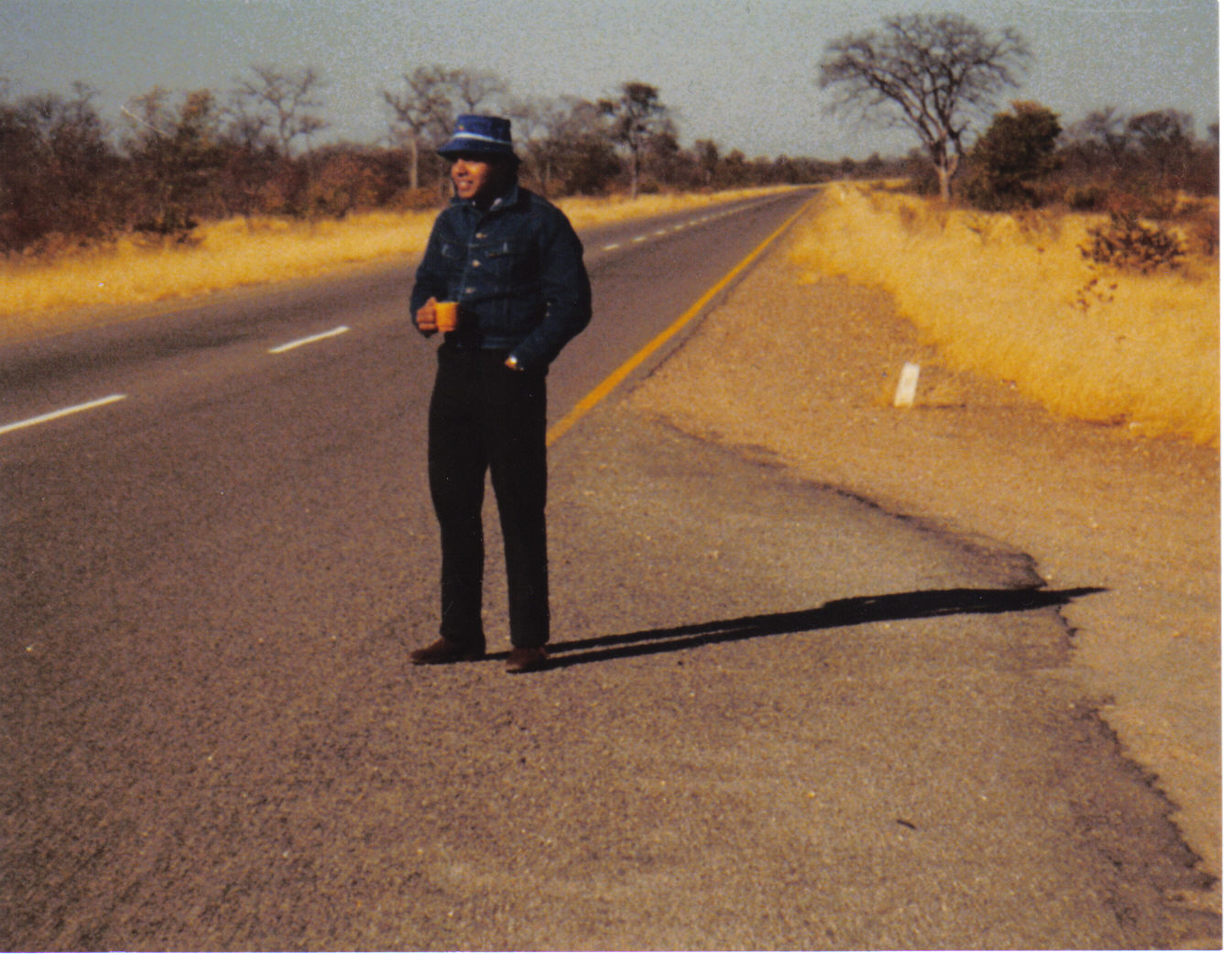
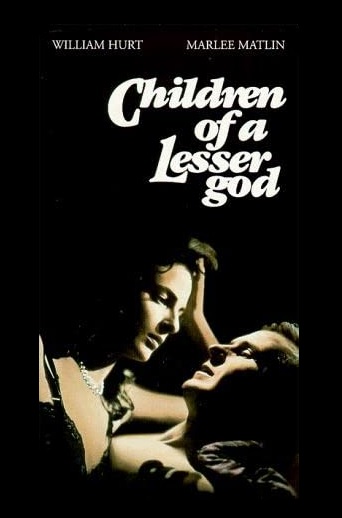
I had originally watched “Children of a Lesser God” as it had been described as an intriguingly different love story. The story, and especially Marlee Matlin, had stood out for me then. Her being hearing impaired lent it an air of reality. Thereafter, I always made a point to mention it among my favorite movies. Why had I liked it so much? And was it as good as I kept saying? This is why I watched it again.
The movie starts when James Leeds, a teacher for the hearing challenged, joins just such a school. He’s confident and enthusiastic about the successes of his unique teaching methods. While there, he notices a young woman, Sarah Norman who is also hearing challenged, working as a janitor. James is struck by Sarah and her attitude.
He wonders why a young, and obviously intelligent woman like Sarah is stuck working as a school janitor when she obviously has the potential to develop further. This includes the ability to communicate better with the world. The school principal, Dr. Curtis Franklin, warns him that she’s difficult and his chances of success with are practically zero due to her headstrong nature. But James takes this up as a personal challenge.
Despite Curtis’ advice, James pursue Sarah. His initial interaction with her reveals a very angry, stubborn, personality. This only motivates him further to understand, and win her trust and confidence. Meeting her mother reveals that Sarah has suffered abuse due to her handicap. Her relationship with her mother is also broken due to similar reasons. She’s bitter and resigned to her fate. While trying to get through to her, he’s getting attracted to her on a personal level as well. His persistence finally pays off as she starts opening up to him.
Eventually, they connect on a romantic level. And so, we witness the start of a very unique love story. All seems to go well for them, as we see Sarah move in with James. But really, this is just the beginning.
This is the phase in their relationship when the real challenges kick in as the reality of living with each other comes to the fore. James has a hard time convincing Sarah that his life is indeed complete with her even though it’s obvious he’s making sacrifices. She, on the other hand, is consumed by her shortcomings and feels they’re influencing his expectations of her. We witness the clash of their worlds.
Sarah’s feeling of inadequacy bring out her anger issues again. James is unable to convince her otherwise. These differences push them to a state of conflict with his frustrated outbursts and her obstinacy. And it all comes to a breaking point, when Sarah decides to leave James in a fit of anger.
What happens next? Do they ever reconcile? You’d need to watch the movie to get the answer to that.
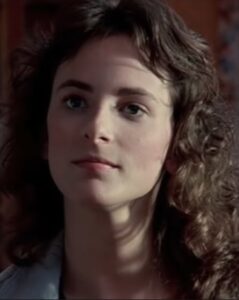
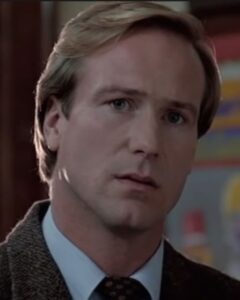
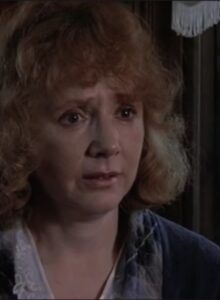
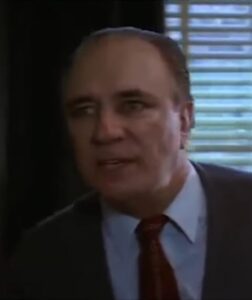
The movie is an eye opener as it poignantly highlights the challenges hearing impaired people face in their lives. It illustrates the potential issues that are likely when the worlds of the hearing impaired and that of the rest of society collide.
It’s something we don’t normally give any thought to. And it is not restricted to this particular handicap, but to the handicapped people in general when interacting with the rest of the world. That is what makes this a beautiful movie to watch and is an experience that stays with you for the rest of your life.
Both William Hurt and Marlee Matlin do an outstanding job playing their characters. Marlee was a newcomer which made her stand out more. Not surprisingly, it won her an Oscar for Best Female Lead in 1987. Fantastic movie, with some quirky things reminiscent of movies of that period.
This film was the first major motion picture since the 1926 silent film “You’d Be Surprised” (1926) to cast a deaf / hearing impaired actor in a major role.
William Hurt, being the professional he is, actually learned sign language for his part
Marlee Matlin was only 19 years old in the movie although she played a 25-year-old person.
At the time of winning it, at 21, Marlee Matlin was the youngest winner of the Oscar for Best Actress Award
(Source: imdb.com)
Watching this movie again reminded me why I had liked it so much over thirty years ago. And it has not dated too much due to the subject matter. I’d say I appreciate it even more now as I caught many of the nuances which I had likely missed in my original viewing.
The only negatives were the initial romantic angle which veered dangerously close to cliched, plus the feel good classroom environment without elaborating the difficulties faced by the teacher. I suspect that was edited out for the sake of brevity.
With due respect to William Hurt’s performance and abilities, this movie made me a fan of Marlee Matlin and she never disappointed in any of her subsequent performances. I only wished she had had more successes as she had the potential. But I guess that’s wishful thinking.
Video Detective / YouTube.com
All in all, I would definitely recommend this movie to increase an awareness of issues faced by the members of society who we take for granted.
I’ll be back with another movie review. Feel free to give me your feedback using the link below.
“Model Shop” (1969) – It’s Not About Toys
“633 Squadron” – All The Good Guys Die
Barton Fink (1991) – Is The Joke On Us?